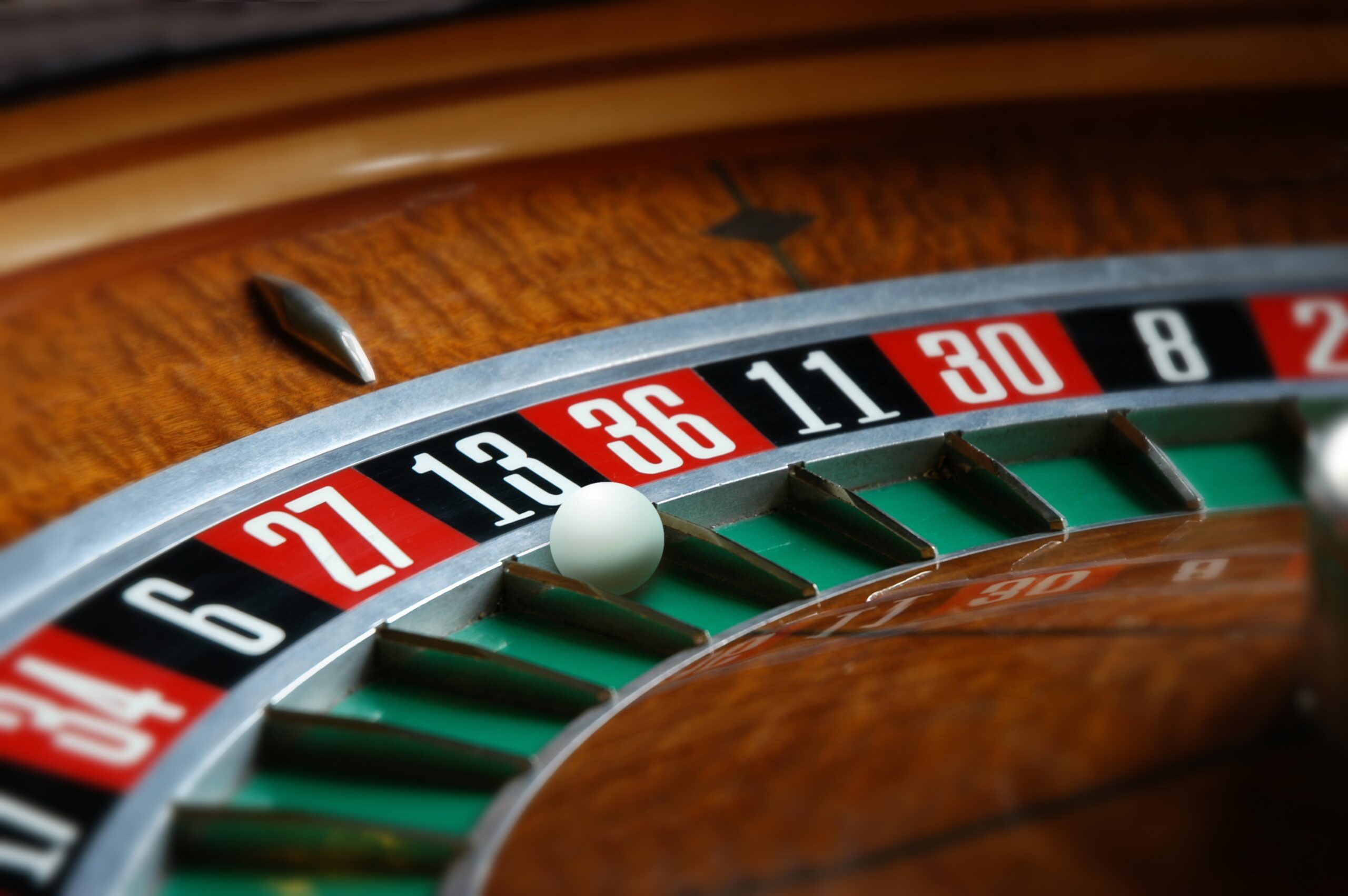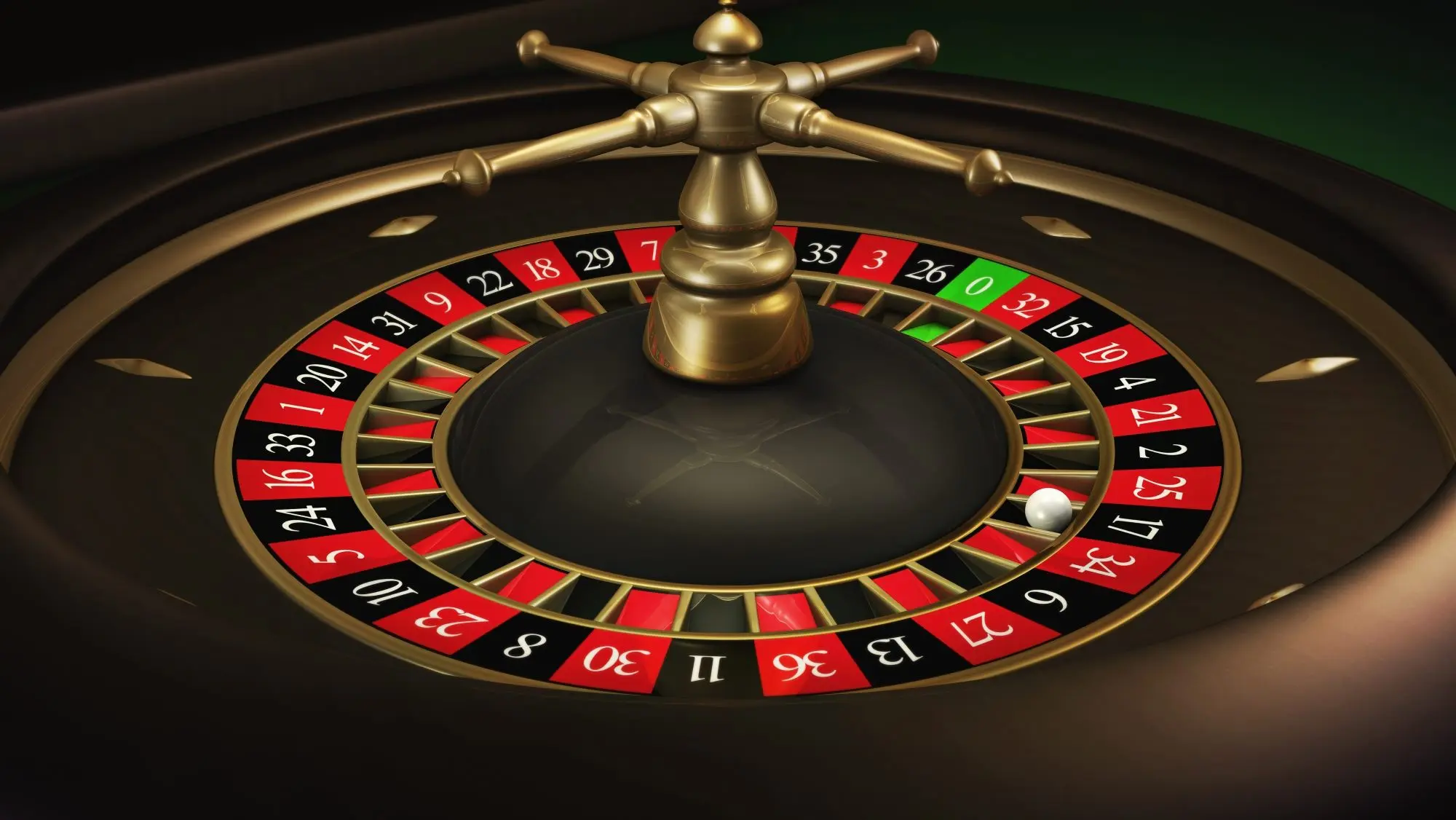The roulette wheel is one of the most iconic and enduring symbols of the casino world. Its elegant design, the hypnotic dance of the silver ball, and the simple promise of a big win on a single lucky number have captivated players for centuries.
At its heart, roulette is a game of pure chance. Unlike blackjack or poker, no amount of skill can influence where the ball will land. Every spin is an independent event, and the house always has a mathematical edge.
So, is it possible to have a “strategy” for a game of pure luck? The answer is yes, but it’s crucial to understand what that strategy entails. A roulette strategy is not about predicting the future; it’s about managing your money, making intelligent betting choices, and applying a disciplined system to your play.
It’s this structured approach that separates hopeful gamblers from smart players at any online platform, from a local site to an international one like Vulkan Vegas PL.
This guide will explore the most popular strategies and principles that can help you manage risk and maximize your enjoyment at the roulette table.
The most important “win”: choosing the right wheel
Before you place a single bet, the most critical strategic decision you can make is selecting the right type of roulette game. This choice directly impacts the house edge and your long-term odds.
- European roulette (single zero): this wheel has 37 pockets—numbers 1 through 36 and a single green “0.” The house edge in European Roulette is 2.7%.
- American roulette (double zero): this wheel has 38 pockets—numbers 1 through 36, a single “0,” and a “00.” This additional green pocket nearly doubles the house advantage, giving it a house edge of 5.26%.
The professional strategy is simple: always play European roulette whenever it is available. By choosing the single-zero wheel, you are instantly cutting the house edge in half, which is the single biggest step you can take toward “winning” in the long run.
Understanding the bets: outside vs. inside
Roulette bets are broken down into two main categories. For strategic play, especially when using betting systems, you will almost always focus on “outside bets.”
- Outside bets: these are wagers placed on the outer section of the betting table. They cover large groups of numbers and offer lower payouts but a much higher probability of winning. Examples include Red/Black, Odd/Even, and High/Low (1-18/19-36). These bets pay out 1:1 and have a nearly 50% chance of winning (slightly less due to the green zero).
- Inside bets: these are bets on specific numbers or small groups of numbers (e.g., a “straight up” bet on a single number). They offer high payouts (35:1 for a single number) but have a very low probability of hitting.
While inside bets are exciting, they are far too volatile for most betting systems. Strategic play is built on the consistent, near-even-money nature of outside bets.
Popular roulette betting systems
Betting systems in roulette are all about managing your stake size based on the results of previous spins. They do not change the odds of the game, but they provide a structured approach to wagering.
The martingale system (negative progression)
This is the most famous and most dangerous system. The rule is simple: double your bet after every loss. When you eventually win, you will have recouped all your previous losses plus one unit of profit.
- Example: you bet $5 on Red and lose. Your next bet is $10 on Red. You lose again. Your next bet is $20. If that bet wins, you get $40, covering your $15 in losses and netting a $5 profit.
- Why it’s dangerous: while it seems foolproof in theory, a short losing streak can force you to wager enormous sums of money. A streak of just seven losses would require you to bet $640 to recoup your initial $5 wager. All tables have limits, and you will either hit the table limit or exhaust your bankroll. This system is not recommended for serious play.
The reverse martingale (paroli) system (positive progression)
This system is the opposite of the Martingale and is much safer. The rule is to double your bet after every win and return to your original stake after a loss. The goal is to capitalize on winning streaks.
- Example: you bet $5 and win. Your next bet is $10. You win again. Your next bet is $20. If you lose this bet, you are only down your original $5 stake, not a large accumulated sum. You typically set a limit, such as trying to win three times in a row before resetting to your original stake.
- Why it’s better: it protects your bankroll from catastrophic losses and allows you to press your advantage during a hot streak without risking your entire session stake.
The D’Alembert system
This is a flatter, safer negative progression system. Instead of doubling your bet after a loss, you simply increase it by one unit. After a win, you decrease it by one unit.
- Example: your unit size is $5. You bet $5 and lose. Your next bet is $10. You lose again. Your next bet is $15. You win. Your next bet is $10.
- Why it’s popular: it’s much less aggressive than the Martingale, so your stakes don’t escalate as quickly. It’s a simple system for players who want a bit more structure than flat betting without the extreme risk.
The ultimate strategy: bankroll management and discipline
While betting systems can add structure, they are all secondary to the most important strategy of all: disciplined bankroll management. No system can ever overcome the mathematical certainty of the house edge in roulette, but a strategic approach can fundamentally change your experience.
This means practicing ironclad financial control by setting a hard loss limit and a realistic win goal for every session, and keeping your standard bet size to a small fraction of your session bankroll, typically no more than 2-5%.
By combining these rules with smart gameplay, like choosing a European wheel, you transform yourself from a passive participant into an active manager of your funds and enjoyment at any roulette table.


